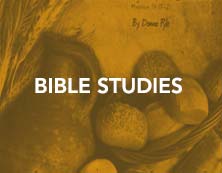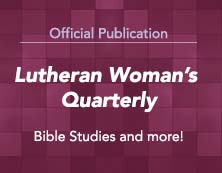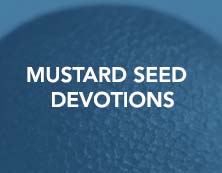Organization/Structure
The structure taken by an LWML local group depends upon the needs of the women involved. A group may adopt, but is not restricted to, one of the following patterns as its framework:
-
A separate group formed especially for the purpose of supporting the object of the LWML and participating in LWML programs. Such groups ordinarily have officers (elected and/or appointed), bylaws, and regularly scheduled meetings.
-
Part of a women’s group formed for another purpose (such as Bible study, social/fellowship, exercise, mother’s club, etc.) but committed to the object of LWML. Such groups frequently devote at least one meeting each quarter to the study of missions and to LWML business.
-
A women’s ministry program organized according to a circle plan (see below for more details). A circle plan unites the women of the congregation in one general LWML group, with smaller groups (circles) working separately in their areas of interest (e.g. altar care, Bible study, missions, nursery, quilting, etc.). Groups using a circle plan usually have quarterly meetings which bring all the circles together for a special program.
-
Flexible in structure, with members participating in the object of LWML individually or as a group, but having none or some of the following: schedule of meetings, officers, bylaws. However, members of such groups are invited and encouraged to attend zone, district, and LWML events when possible.
-
A group of LCMS members from different congregations who live in the same environment (college dorm, nursing home, etc.) or work at the same facility (office, factory, hospital, etc.) and form an LWML group to meet at a convenient time and location. Such groups should apply to their LWML district for recognition as an LWML group and placement within a zone so that they are included in zone activities and communication.
-
Members of two small churches, geographically close to one another, who unite to form one LWML group.
-
A virtual group holding “meetings” electronically. (See Guidelines for a Virtual Group at www.lwml.org.)
More information on various organizational structures can be found in the PowerPoint LWML 104—Your LWML Designed 4 U, found on the website www.lwml.org.
When two or more LWML groups exist within one congregation or other single setting, they are considered a single unit for purposes of representation at the LWML convention. Representation at zone and district functions is determined according to zone and district bylaws.
THE CIRCLE PLAN
A circle is a group within the LWML local group (core group) that meets regularly to accomplish a specific purpose.
- The core group holds regular meetings or general assemblies monthly or quarterly with an LWML emphasis and gathering of mites. All women in the church are encouraged to take part in these meetings. The core groups choose leaders who meet regularly as an executive board to take care of business that does not need to be brought before the general assembly and to coordinate circle activities.
- The number of small groups or circles is determined by the goals adopted. Circle chairmen may be appointed by the executive board or be selected by circle members. Circle chairmen serve as members of the executive board. Circles choose their leaders/officers, meeting frequency, time, place, and special projects or service activities. “Participation,” rather than “membership,” is to be emphasized.
- Suggestions for implementing the circle plan:
- Meetings – A coordinated schedule of meetings should establish monthly circle meetings, monthly executive board meetings, and general assemblies.
- Membership – Circle membership may be determined by interest groups or special service areas such as altar guild, quilting, visiting shut-ins, mother’s morning out, convenience of meeting times, geographical location, etc.
- Leadership – The circle chairman should prepare an agenda and preside at circle meetings, appoint topic and devotional leaders, represent the circle on the executive board, report board activities at circle meetings, and report circle activities at general meetings.
- Some successful groups with circles suggest women should have the option of being part of the core group without being a member of a circle. They also have women who want to contribute mites and receive copies of the district and LWML official publications, but do not want to come to meetings. These members are counted as associate members or members-at-large. A large Mite Box in the church narthex on predetermined regular Sundays can allow all women, men, and children of the congregation to contribute.
Officers
To carry out a program effectively, most local groups have a chairman, a secretary, and a treasurer who have specific assigned duties. Some groups may decide to work with coordinators instead of officers. Larger groups may have other officers, such as a vice president, a program chairman, or standing committee chairmen who are elected or appointed. An executive committee (officers and committee chairmen) may serve by planning and evaluating the LWML group program.
For small groups in the early stages of LWML affiliation, a chairman or contact person (or mite collector) may be the only officer. This person’s responsibilities include keeping members informed of, and encouraging participation in, LWML activities and submitting mite offerings to the designated LWML district financial officer.








